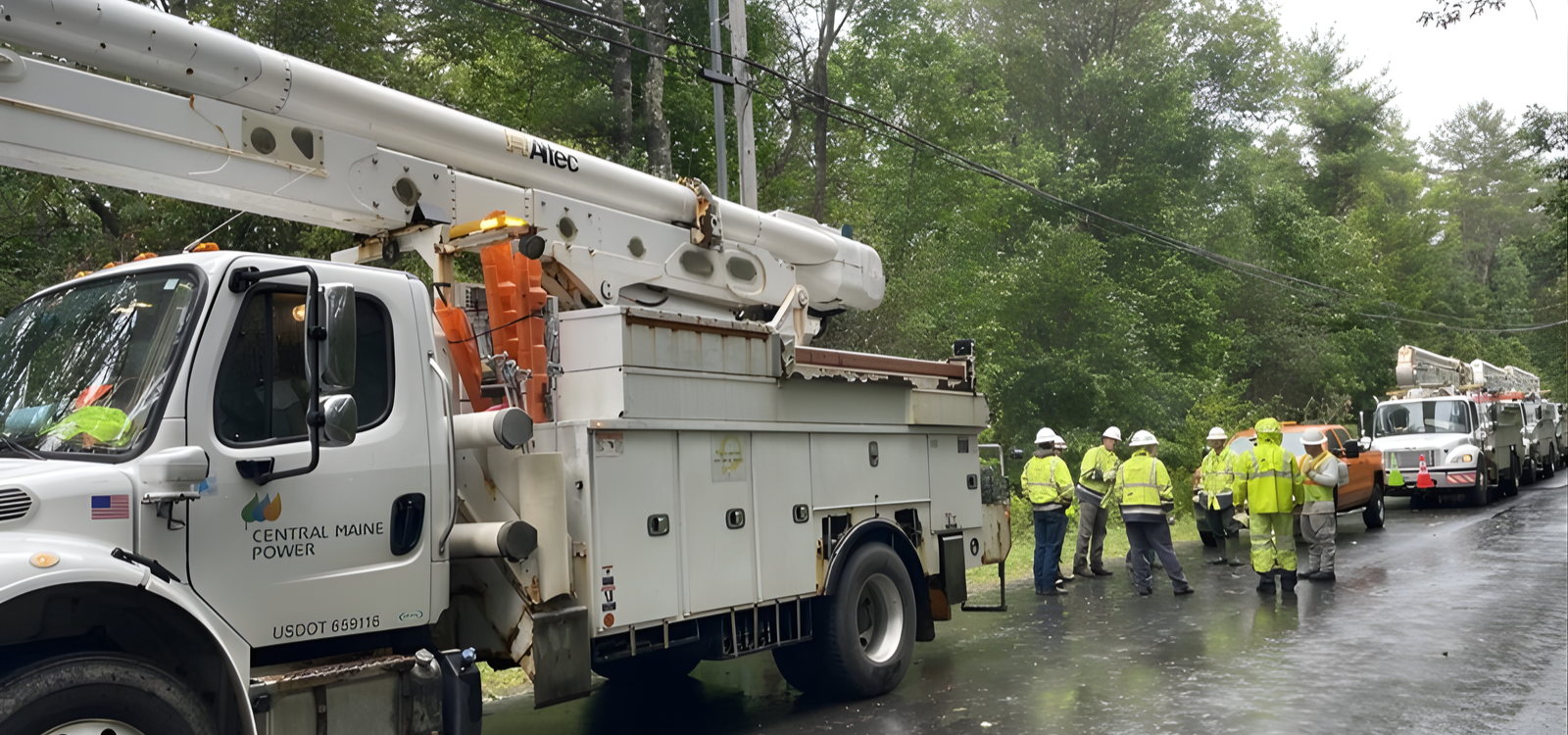
Gov. Mills opposes CMP plan that could raise average annual electricity costs by more than $400 and Arizona AG opposes APS’ 14% rate hike, says she may seek lower rates - Two major utilities—Central Maine Power and Arizona Public Service—are seeking double-digit rate hikes, raising tough questions about how to fund grid upgrades without crushing households already stretched thin by high energy costs.
Electric bills are already stretching household budgets—and now two major utilities are asking for even more.
In Maine, Central Maine Power (CMP) has proposed a five-year plan that could raise the average household’s bill by more than $400 a year. Governor Janet Mills called it “massive and unacceptable,” warning that it ignores the financial reality many Mainers face.
The state’s Public Advocate raised similar concerns, noting that families, small businesses, and seniors on fixed incomes would bear the brunt of the hike.
In Arizona, the state’s largest utility, Arizona Public Service (APS), is seeking a 14% rate increase—its fourth hike in a decade.
Attorney General Kris Mayes is pushing back hard, saying families shouldn’t have to shoulder oversized shareholder returns in the name of reliability. She’s also opposing APS’s push for “formula rates,” which would make it easier for the utility to adjust charges each year with less public input.
Both companies argue they need the money for grid upgrades, storm resilience, and new technology. Those investments are real and necessary.
But critics say the plans demand too much, too fast, at a time when many households are already struggling to cover basics. They also highlight a deeper tension: how to build the grid of the future without leaving ratepayers behind.
The stakes go beyond Maine and Arizona. Across the country, energy demand is rising—driven by data centers, electrification, and severe weather. Utilities will need billions to keep the lights on. But who pays, how much, and on what timeline will shape not just reliability, but affordability and fairness.
So the question isn’t whether we need a stronger, smarter grid. We do. The question is how we make sure the cost of building it doesn’t crush the very people it’s meant to serve.
What do you think—how should utilities strike the balance between investing in resilience and keeping rates affordable?